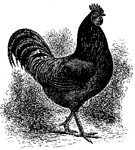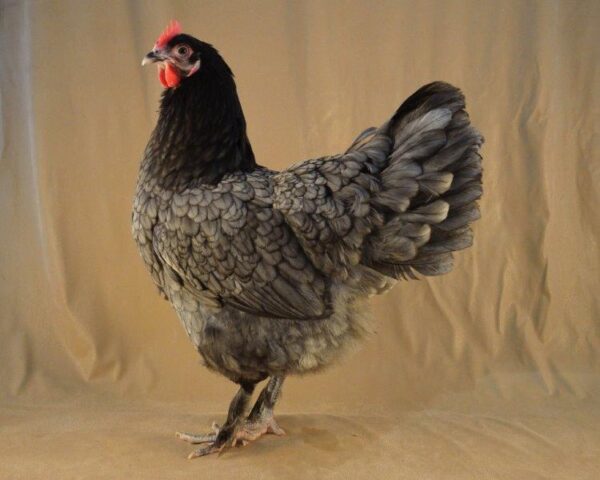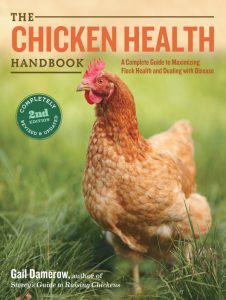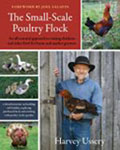
Breed Facts
Status:
Threatened
Use:
Eggs, Meat
Egg Color:
Brown
Egg Size:
Large
Weight:
Male 9.5 lbs. / Female 7.5 lbs.
Temperament:
Very calm
Characteristics:
Produces large amounts of very white meat; does well on well-drained land
LANGSHAN CHICKEN
In 1872, even as the enthusiasm for the large, feather-legged Cochins and Brahmas had crested, a third chicken breed quietly departed China for England. It was from a scenic area in eastern China called Wolf Hill, just south of Nantong on the Yangtszekiang river and about 100 miles from Shanghai. It has been the home of Langshan chickens for many centuries; indeed, the name Langshan means Wolf Hill. English Major A.C. Croad was the first to import this unique breed in 1872.
Because the breed exited China via the port of Shanghai, there was immediate confusion as many poultry enthusiasts assumed these to be more Black Shanghai chickens (Cochin). Some enthusiasts thought it was a “poor” variety of Cochin and bred them with Cochins to improve their plumage.
The breed was bred in four distinct types. Some breeders bred toward a shorter-legged version, much like the Shanghai in type. These shorter legged birds were used to help create the Orpington chicken breed and contributed to the development of the black variety of the Shanghai chicken. In Germany breeders emphasized the long legs and bred for legs free of feathering. This line became known as the “Deutchman” or “German Langshan”. The Australian Langshan was developed from Chinese birds imported in 1905, Croad and Modern Langshans, and original Black Langshans. Though early these birds were popular utility birds, today they are leggier and bred mostly for show. In England, one group of breeders also emphasized the long legs with no feathering, losing the large breast and original type, and becoming more like the Modern Game. These are now known as the “Modern Langshan”. The Modern Langshan has tighter plumage and a slimmer breast.
The most popular type is that of the original Langshans – fairly long legs, great depth of body, and full, large breast. In England these became known as the “Croad Langshan” in honor of Major Croad, and his niece who continued promotion of the breed long after he had passed away.
Birds from the Croad flock were imported to America in 1878, and during that century they were highly regarded. This is the type we see here in America and is the reason many authors say the Langshan came to us from China with no need of improvement or alteration. The black variety was recognized in the American Poultry Association Standard of Perfection in 1883, and the American Langshan Club, formed in 1887, is still in operation today. White “sports” from black Langshan flocks first appeared in England in 1885 and were recognized as a variety by the American Poultry Association in 1893. Blue “sports” occurred when white and black varieties were crossed; they were not recognized until 1987.
The Langshan was prized for good reason. The breed, though smaller than the Cochin and Brahma, is a tall breed with great depth of body that is unique to this breed. Males weigh 9.5 lbs. and females 7.5 lbs. Hens often do not become broody until April or May, are not determined sitters, but are most faithful mothers. They are hardy, fast growing, and easily reared. The pullets begin to lay at about 6-7 months of age and lay around 150+ large brown eggs (sometimes very dark brown with a purplish tint) a year.
The breed has white skin, full breasts with abundant white meat that is rich in flavor. The shanks and toes are bluish-black with pinkish color between the scales and white soles. They have fewer feathers on their shanks and toes than either Cochin or Brahma. The bones of the Langshan are relatively small for its size. They have a single comb, are a very hardy breed with tight feathering and very dark brown eye color. They can fly over high fences. The breed is a good forager. They are calm, friendly, and easily tamed and are usually not aggressive. Langshans bear confinement well.
Their origin in in a humid, subtropical climate with cool, damp winters and hot humid summers have made them able to be kept on any soil type, and they are the only Asiatic breed suited to the Southern States. However, they do prefer well-drained land and shelter from rain and the hot sun.
To be sure, Langshans are a most valuable general purpose chicken breed, and a good choice for a beginner.
Interestingly, the Chinese government is assisting with an initiative to help preserve the breed in China.
Did you know:
Livestock Conservancy Program staff have more than 175 cumulative years of heritage breed experience. We hold Ph.D.s in veterinary medicine, genetics, and biology. We are the most experienced livestock conservation team in the world.

Breed Facts
Status:
Watch
Use:
Eggs, Meat
Egg Color:
Very Dark Brown
Egg Size:
Large
Market Weight:
6.5 – 8 lbs
Temperament:
Very calm
Characteristics:
Produces large amounts of very white meat, does well on well-drained land
You may be interested in…




